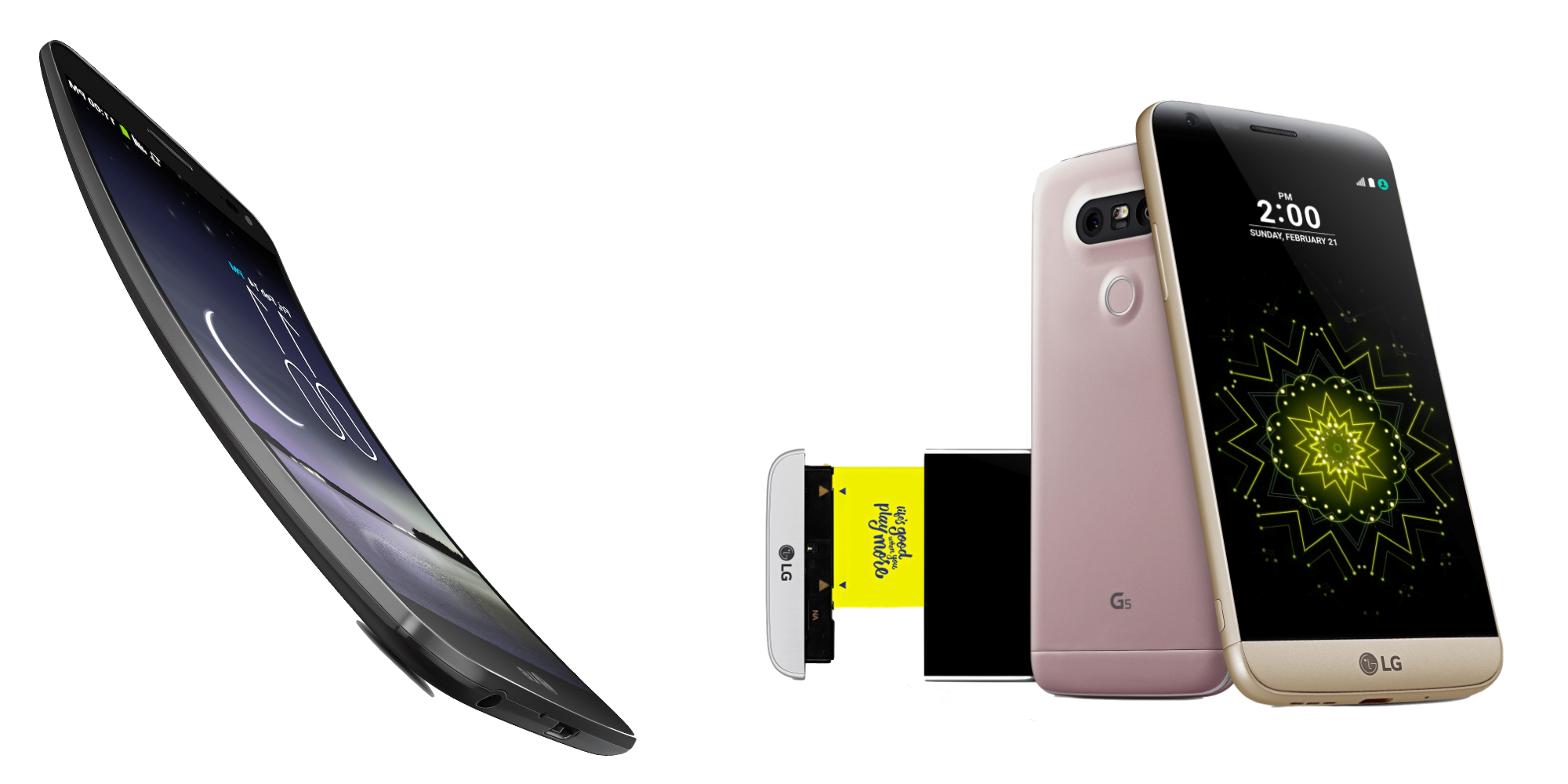LG‘s legacy in the Android space will be remembered for many different reasons, but above all else, LG will be best known for creating weird and whacky devices when no one else in the industry had the courage to. On April 5, 2021, it was confirmed that LG Mobile is officially being laid to rest, with the mobile tech division expected to be fully shut down by July 31. Following years of bleeding money and failing to get a stronghold in the smartphone space, LG is ready to focus its efforts on other areas.
While there’s no doubt that LG’s smartphone business wasn’t very successful from a dollars and cents perspective, the company did manage to stand out over the years despite that. Why? LG continually created unconventional handsets in an effort to always try something new. This resulted in phones with 4:3 aspect ratios, built-in projectors, 3D screens, and more. Even if these devices were never commercial successes, LG’s willingness to try and push the needle forward should always be commended.
The best example of this happens to be one of the last smartphones LG ever released — the LG Wing. The LG Wing looks like a regular Android phone at first glance, but hidden beneath its design is a secondary screen that can swivel out at any given moment. This screen can be used for virtually anything, whether it be watching a YouTube video, keeping an eye on Twitter, or getting expanded controls in certain mobile games. It’s a pretty ingenious design that had a lot of potential, but between a steep price, buggy software, and fierce competition from the rest of the market, the Wing left the conversation just as quickly as it entered.
The G5 and G Flex Are Two Other Unforgettable LG Phones

Looking beyond the Wing, there are two other prime examples of LG’s creativity at its best — one of which is the LG G5. Released in 2016, the G5 made a big bet on its modular design. The bottom half of the G5 could be removed, and using LG’s ‘Friends’ accessories, different components could be added to it. At launch, this included new batteries, a camera grip, and a Hi-Fi DAC. Unfortunately, the modules never went much further beyond those things. LG never saw proper third-party support for the G5’s modular design, LG itself failed to support the phone with an ecosystem of new modules, and the whole thing ended up being a commercial dud. What LG did manage to do, however, is get the entire mobile tech industry talking about its latest experiment.
And, of course, there was the LG G Flex. The G Flex made its debut all the way back in 2013, with LG touting it as the first smartphone with a bendable and flexible display. Users could sit, bend, and push on the back of the G Flex as much as they wanted, and as the name suggests, the phone would bend without any problem. The G Flex was successful enough to warrant a successor in the form of the LG G Flex 2 in 2015, but beyond that, LG ended up dropping the Flex line entirely. It was a cool idea that achieved what LG set out to do, but similar to many of LG’s unconventional phones, not enough people bought the thing.
That’s ultimately the story of LG in a nutshell. It created a lot of smartphones that were genuinely fascinating, but for one reason or another, they were never enough to make the company money. LG pushed ahead for years despite those losses, even teasing a phone with a rollable display just months before its mobile operation would be shuttered. It’s hard to say what the mobile tech space will look like without that constant force of innovation, but what is certain is that it’s better off because of LG’s constant push to try something new.




